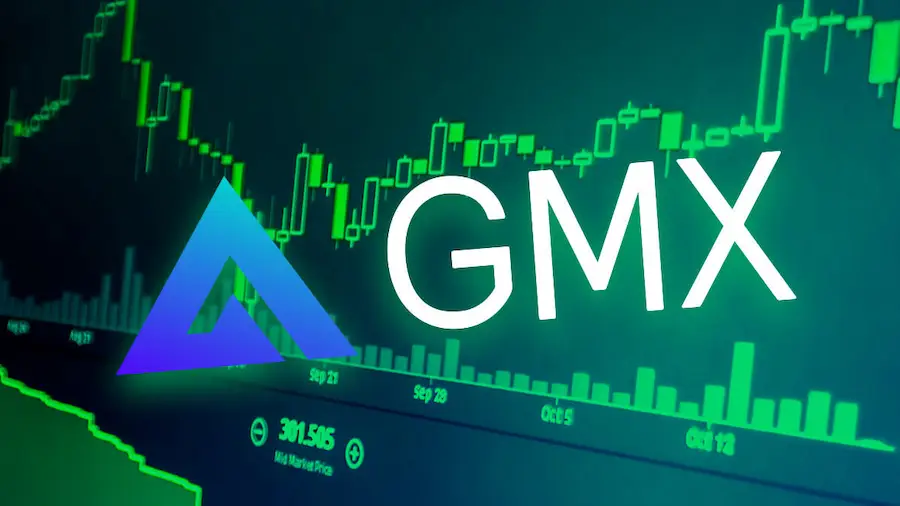Hundreds of thousands of kilometers beyond the Earth a spacecraft the size of a telephone booth is on its way to take on a challenge that no vehicle launched by the United States has attempted in more than 50 years.
O lunar module called Odysseus or IM-1, created by the company Intuitive Machines, based in Houston (USA), is going towards the Moon . The pathfinder braces himself for terrifying moments of uncertainty as he tries to slow down at approximately 1,800 meters per second to land gently on the Moon's surface.
The spacecraft should land at 5:49 pm this Thursday (22), near the lunar south pole.
A Coverage of the historic event is expected to be broadcast live from 4pm on the company website.
Success is not guaranteed. If it fails, Odysseus will become the third lunar lander to suffer a horrific disappearance on the natural satellite in less than a year. The first Russian moon landing mission in 47 years, Luna 25, failed in August 2023 when it crashed. Hakuto-R, a lander developed by Japanese company Ispace, suffered a similar fate last April.
Overall, more than half of all moon landing attempts have ended in failure – long odds for a feat humanity first accomplished nearly 60 years ago.
The Soviet Union's Luna 9 became the first spacecraft to make a controlled or “soft” landing in February 1966. The United States followed the “space competitor” shortly thereafter when its Surveyor 1 robotic spacecraft landed on the Moon. just four months later.
Since then, only three other countries (China, India and Japan) have reached this milestone. The three reached the Moon for the first time with robotic vehicles in the 21st century. India and Japan accomplished this monumental feat only in the last six months, long after the space race between the United States and the Soviet Union had ended. The United States remains the only country to have placed humans on the lunar surface, most recently in 1972 with the Apollo 17 mission.
But since then, the US government has not even attempted a soft landing (with or without astronauts on board). Private space company Astrobotic Technology expected its Peregrine lunar lander to make history after its recent launch in January, but the company canceled the landing attempt just hours after liftoff due to a critical fuel leak and brought the craft back to burn in Earth's atmosphere.
Recovering knowledge and experience from the past is a big part of the challenge for the United States, Scott Pace, director of the Space Policy Institute at George Washington University, told CNN.
“We're learning to do things we haven't done in a long time, and what we're seeing are organizations learning to fly again,” Pace said. “Going to the Moon is not just a matter of a brave or brilliant astronaut. These are entire organizations that are organized, trained and equipped to get there. What we're doing now is essentially rebuilding some of the experience that we had during Apollo but that we've lost over the last 50 years.”
However, technical knowledge is only part of the equation when it comes to landing on the Moon. Most of the obstacles are financial.
A new model
At the height of the Apollo program, NASA's budget represented more than 4% of all government spending. Today, the space agency's budget is one-tenth the size and represents just 0.4% of all federal spending, even as it attempts to return American astronauts to the Moon under the Artemis program.
“There were literally hundreds of thousands of people working on Apollo. It was a $100 billion program in 1960s dollars. It would be a multibillion-dollar program in today's dollars,” said Greg Autry, director of space leadership at Arizona State University's Thunderbird School of Global Management. “There’s nothing that compares to this.”
21st century lunar landers attempt to achieve many of the same goals at a small fraction of the price.
India's Chandrayaan-3 lander, which became the country's first spacecraft to safely reach the lunar surface in August 2023, cost around $72 million, according to Jitendra Singh, Minister of State for Science and Technology. .
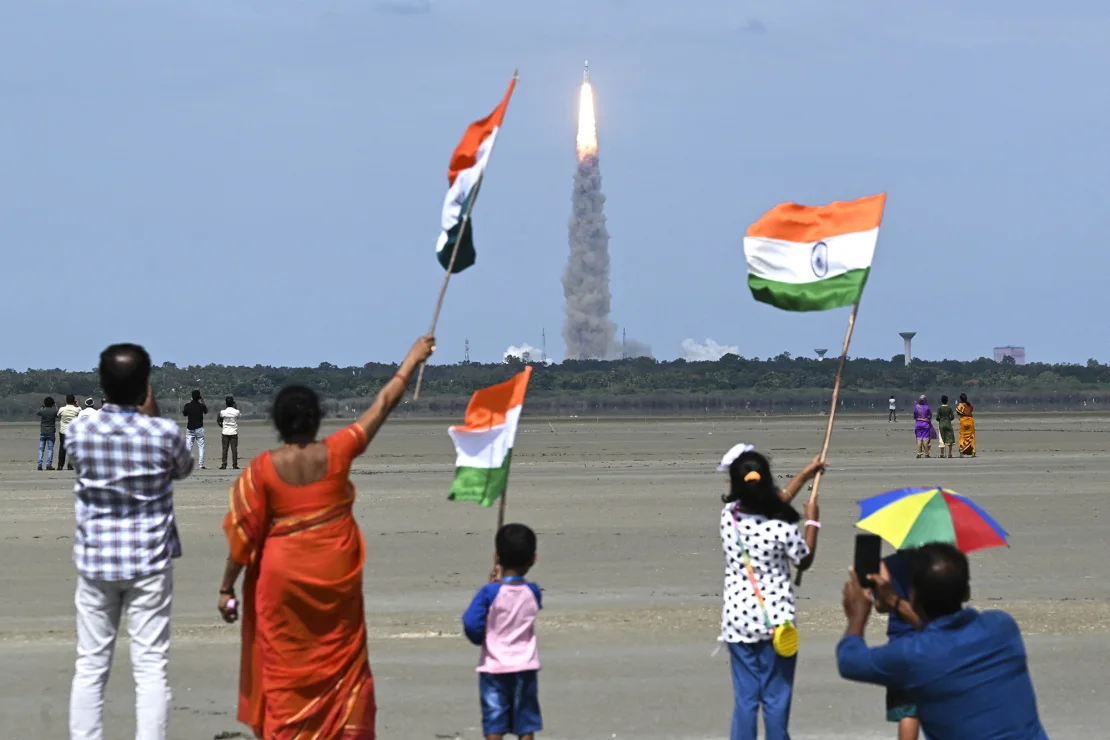
“The cost of Chandrayaan-3 is just 600 million rupees ($72 million), while a Hollywood film about space and the Moon costs more than 600 million rupees,” Singh told The Economic Times, a media outlet. of communication in India, in August 2023.
In the United States, NASA tries to reduce prices by subcontracting the design of small robotic spacecraft to the private sector through its Commercial Lunar Payload Services (CLPS) program.
Astrobotic was the first company to fly under the CLPS initiative, and after the setback in January, Intuitive Machines took up the “torch”, aiming to gently land Odysseus near the lunar south pole on Thursday (22).
“We are going a thousand times further than the International Space Station,” Intuitive Machines President and CEO Steve Altemus told CNN. “Furthermore, the goal is set: to do this for $100 million, when in the past it was done for billions of dollars.”
Why can't we just repeat Apollo?
It's also unrealistic to expect that NASA or one of its partners can simply pull down plans for a 1960s-era lunar lander and recreate it from scratch. Most of the technology used in these missions has long been retired, sidelined by the enormous advances in computing power and materials science that have occurred over the past half century.
Every piece of lunar module hardware must come from modern supply chains (which look very different from those of the 20th century) or be designed and manufactured anew.
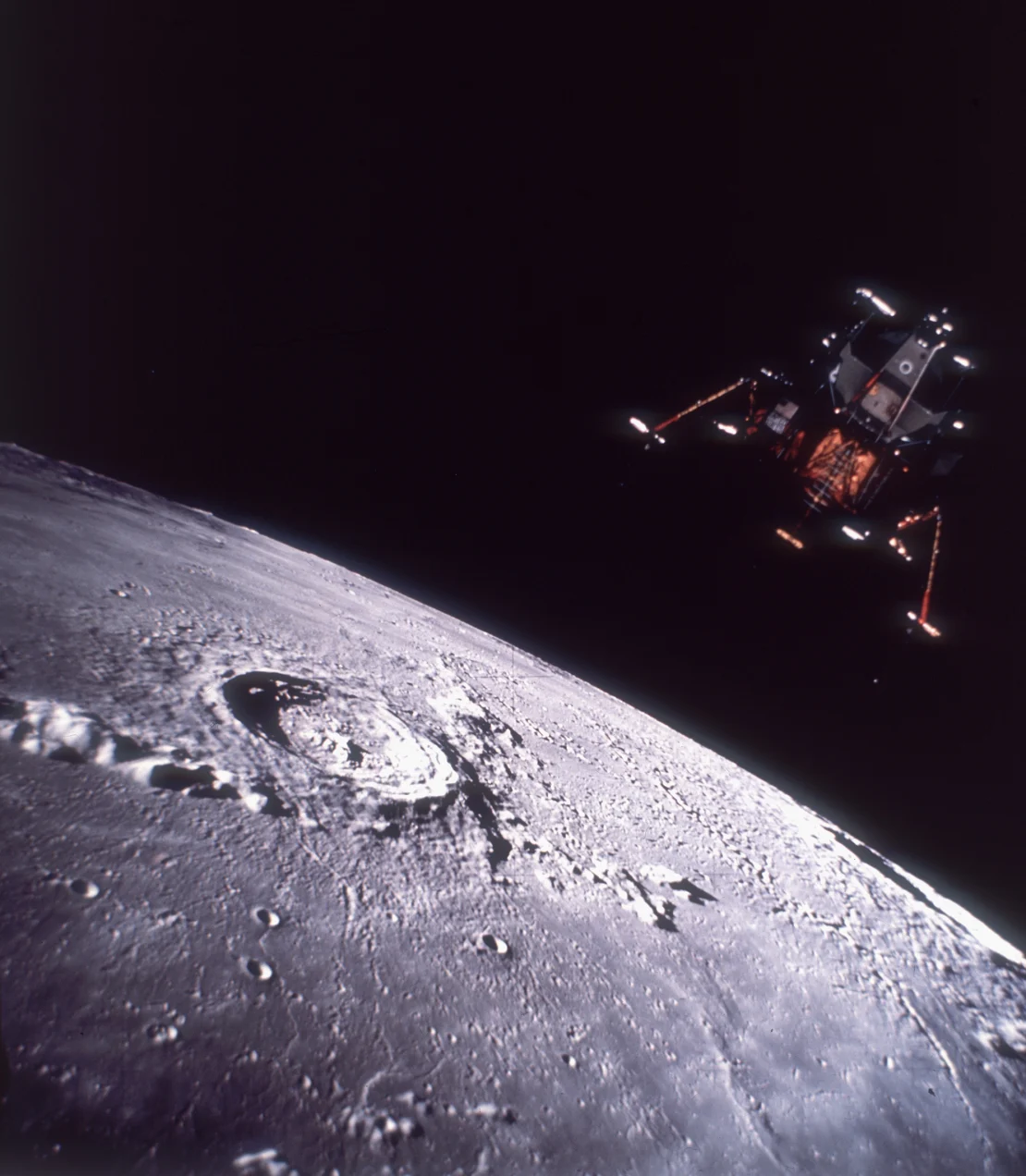
And every sensor and electronic component on the spacecraft must be created to withstand the harsh environment of outer space, a process the industry calls “hardening.”
The Apollo missions were controlled by computers less powerful than modern smartphones. But spaceflight is too complex and dangerous to directly translate computing advances into easier, cheaper lunar missions.
“Landing on the Moon is very different from programming a game. The problem with the iPhone in your pocket is that there are millions and millions of these things. As for space launches, there may only be a few of them,” Pace said. “The iPhone is obviously a wonderful innovation, with hundreds, if not thousands, of innovations built into it. And we really haven’t had that kind of repeat in the Moon landings.”
A dangerous descent
Although technology has advanced over the past five decades, the fundamental challenges of landing on the Moon remain the same. First, there's a huge distance: it's about a quarter of a million miles (402,000 km) of travel from Earth to the Moon. If you could drive a car to the Moon at a constant speed of 60 miles per hour (97 km/h ), would take more than five months.
“Some people have compared it to hitting a golf ball in New York and putting it into a specific hole in Los Angeles. That kind of long-range precision is incredibly difficult to achieve,” Pace said.
Then there's the tricky lunar terrain. The Moon is covered in dead volcanoes and deep craters, making it difficult to find flat landing zones.
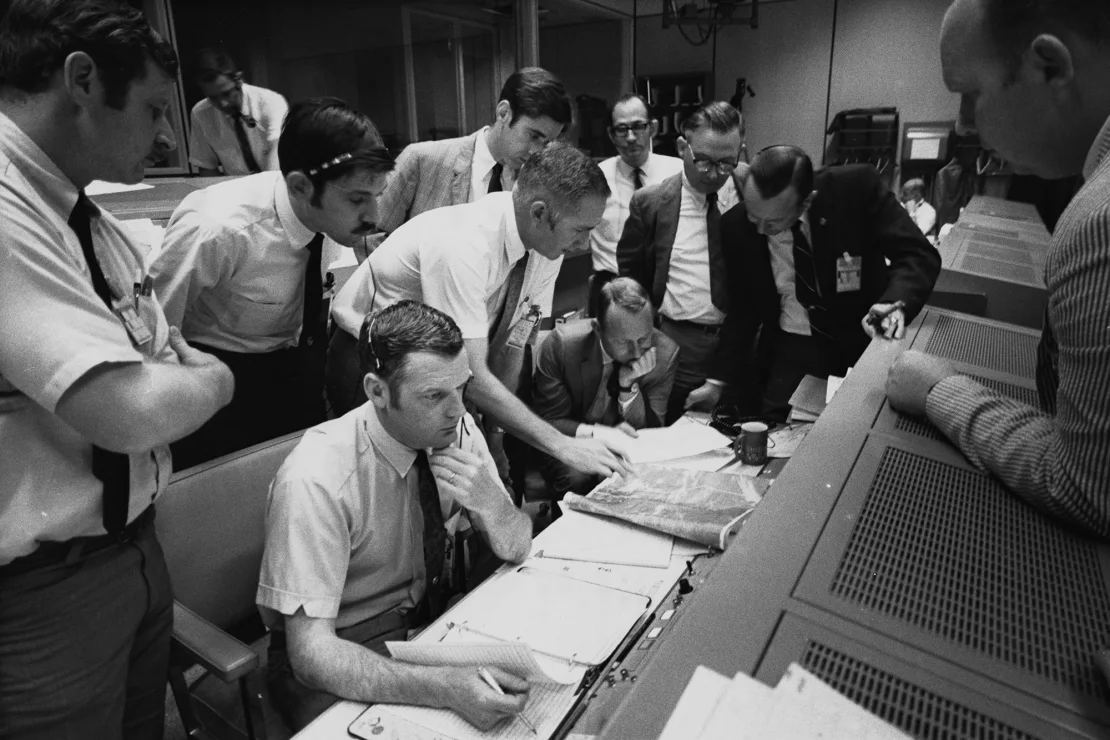
“Apollo 11 would have crashed and been destroyed if it had landed where it originally landed,” Autry said. “Neil [Armstrong] I was literally looking out the window. He maneuvered the lander over a boulder field and a large crater and found a safe place to land with just enough fuel. “If there had not been an experienced pilot who could control it, the lander would certainly have been destroyed.”
Without the help of human eyes inside the spacecraft, modern robotic lunar landers use cameras, computers and sensors equipped with software and artificial intelligence to safely find the landing site (and avoid rocks and craters) during descent. And even humans in mission control rooms on Earth cannot help the spacecraft in the final, critical seconds before landing.
“It takes time for a signal to go up and back, about three seconds total, round trip,” Pace said. “A lot of things can go wrong at this moment. “So when the vehicle actually lands on the Moon, it pretty much does it itself.”
Failure is an option
In the early days of the 21st century space race, many more spacecraft crashed on the Moon than landed safely. The companies and governments that shoot for the Moon today, seeking cheaper prices as they implement modern technology, recognize this legacy. And NASA's commercial partners may be even more willing to take risks on their trips to the natural satellite.
“[As empresas comerciais] they brought with them that iterative, fail-fast model. Take the product out, let it explode, figure out what you did wrong, fix it, and start again,” Autry said. “This is not how the United States government operates. Because if your project dies, your government career will be ruined.”
Even NASA recognizes that a 100% success rate is not guaranteed for its partners.
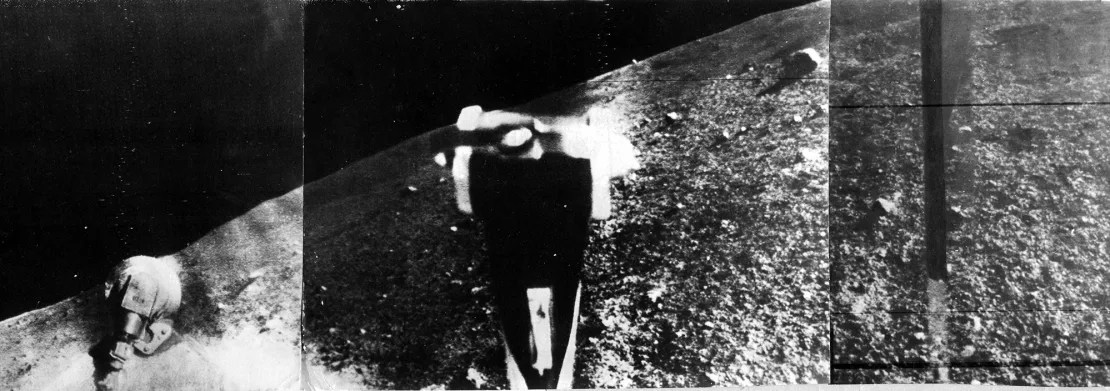
“We always look at these initial CLPS deliveries as a kind of learning experience,” said Joel Kearns, deputy associate administrator for NASA's Exploration Science Mission Directorate. “We knew going into this…we didn’t believe success was guaranteed.”
The hope, however, is that early failures will lead to successes in the future. It is already clear that many of the participants in the modern moon race are prepared to bounce back from early failures.
Both Ispace, a Japanese company that suffered a software problem last year and ended its mission, and Astrobotic, which lost its Peregrine lunar landing module due to a propellant problem, already have second attempts on the way.
“Everyone who participated in these missions were rookies. These are people who are doing this for the first time and there is no substitute for that experience. “It’s like taking your first solo flight,” Pace said. “Yes, they fail and some companies will close. But if they learn from that failure and come back, they will now have a strong team. “It’s really about educating a new generation.”
Source: CNN Brasil
Charles Grill is a tech-savvy writer with over 3 years of experience in the field. He writes on a variety of technology-related topics and has a strong focus on the latest advancements in the industry. He is connected with several online news websites and is currently contributing to a technology-focused platform.





